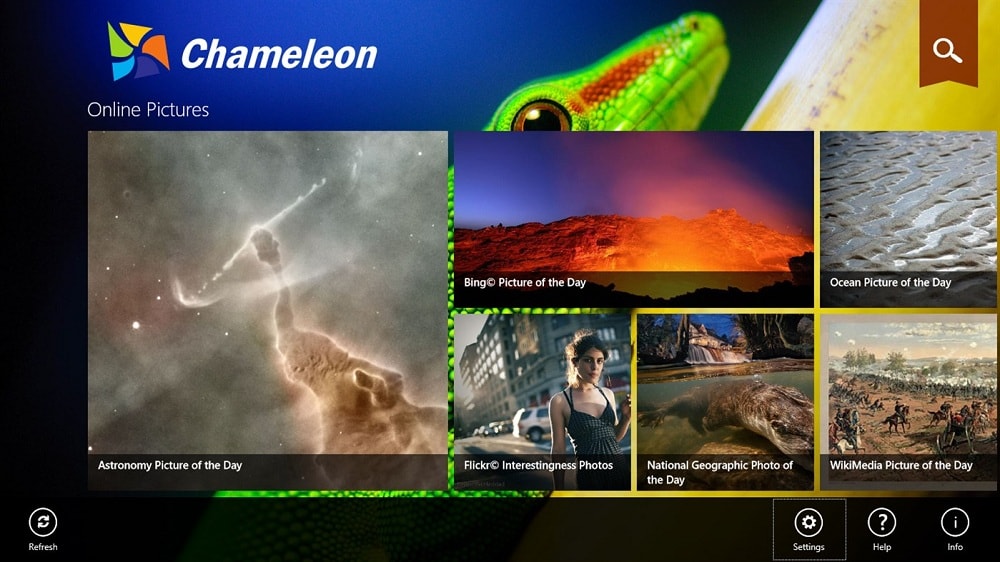
Parts of the right-most and bottom tiles might overrun the edges of the screen. Tile The image is anchored in the upper-left corner of the screen at its original size, followed by as many copies as are necessary to fill the screen.No part of the image overruns the screen. The image fills the screen horizontally and vertically, but does not maintain its original aspect ratio. Stretch The image is centered on the screen.Parts of the image might not fill the left and right sides or the top and bottom edges. The image fills the screen horizontally or vertically, and maintains its original aspect ratio. Fit The image is centered on the screen.

Parts of the image might overrun the left and right sides or the top and bottom edges (but not both). The image fills the screen horizontally and vertically, and maintains its original aspect ratio.

A picture You can choose one of the photos that come with Windows, or a digital image of your own.You can set your desktop background to any of the following: Some people prefer simple backgrounds that don’t obscure their desktop icons, some prefer photos that reflect a specific theme, and some prefer personal photos of family members, pets, or favorite places. Your choice of desktop background usually reflects your personal taste-what you like to see when your app windows are minimized or closed.

For more information, see “Apply and manage themes” later in this chapter. In addition to the changes described in this topic, you can apply a custom theme, which sets the background, color scheme, and other properties at one time.


 0 kommentar(er)
0 kommentar(er)
